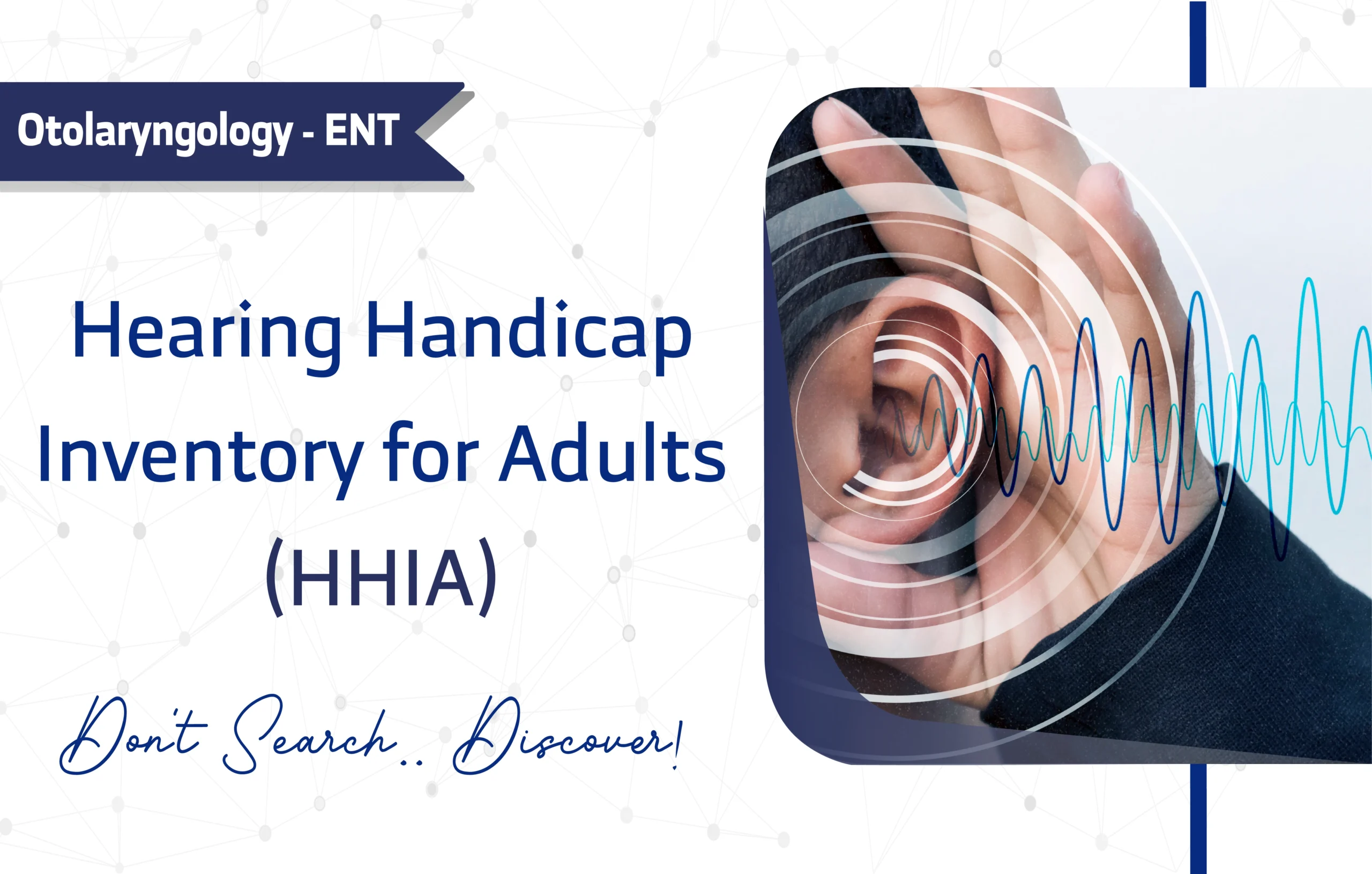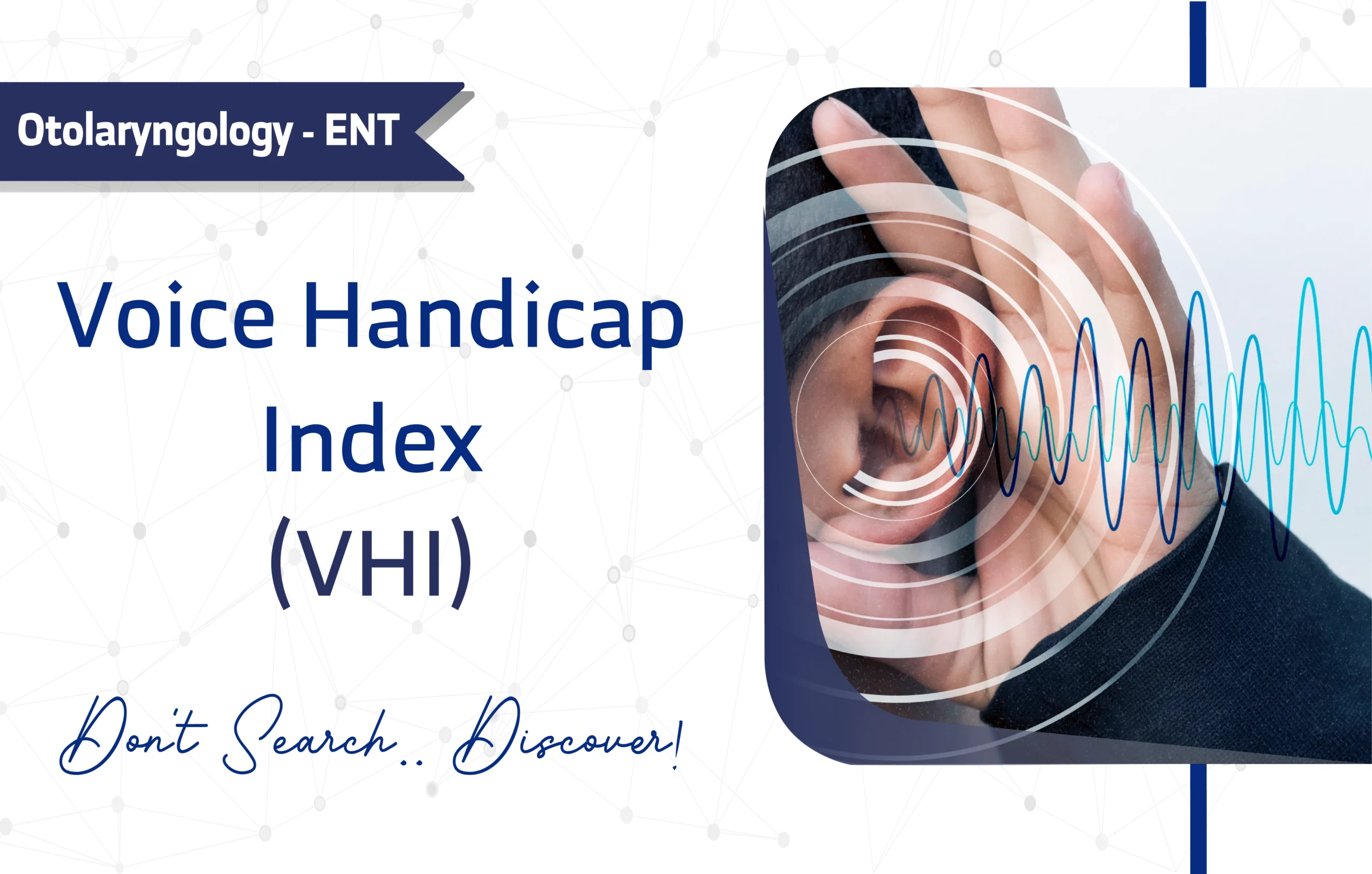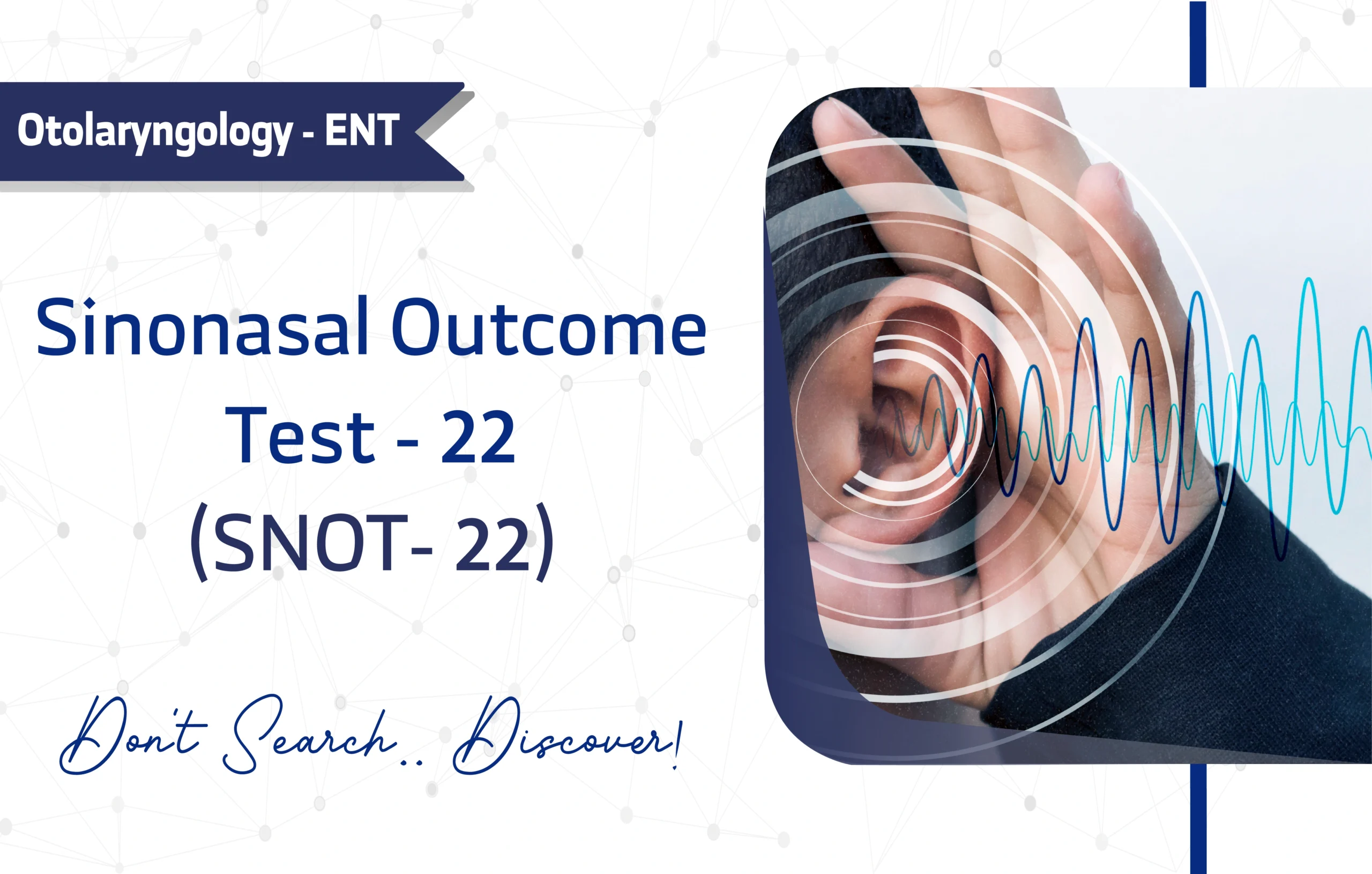Introduction
The European Heart Failure Self-Care Behaviour Scale (EHFScB-9) is a vital instrument in cardiology, specifically designed to measure the Self-Care Behaviors of Heart Failure patients. Originally developed by Tiny Jaarsma in 2009, the scale provides a standardized method for evaluating patient adherence and management strategies. For instance, given its clinical importance and robust design, the scale has accumulated over 400 citations on Google Scholar, which highlights its widespread acceptance and impact in both research and clinical settings.
This article offers a comprehensive overview of the EHFScB-9, detailing its features, applications, and psychometric properties. Furthermore, we aim to provide actionable insights for clinicians and researchers to effectively integrate this tool into their work with heart failure patients.
Key Features of the European Heart Failure Self-Care Behaviour Scale (EHFScB-9)
Purpose and Use
The primary purpose of the EHFScB-9 is to assess the self-care behaviors of patients diagnosed with heart failure. Clinicians use this tool extensively for several key functions. For example, it is instrumental for screening patients to identify gaps in self-care, for monitoring patient behavior over time, and for guiding treatment planning to enhance patient outcomes. Moreover, researchers frequently rely on the EHFScB-9 as a primary outcome measure in studies focused on cardiology, self-care, and quality of life.
Target Population
Developers validated the EHFScB-9 for all adult populations aged 18 and over this includes:
- Young Adults (18–24 years)
- Middle-Aged Adults (25–44 years)
- Older Adults (45–64 years)
- Seniors (65+ years)
Consequently, its focus makes it particularly suitable for any setting where adults with heart failure receive care.
Structure
The EHFScB-9 is a concise, 9-item questionnaire. The main domain of this questionnaire is cardiology with sub domains which include heart failure and self-care.
The questions cover consulting behavior and adherence to a prescribed regimen. Specifically, the items explore crucial self-care activities such as:
- Adherence to medication
- Diet
- Exercise
- Symptom monitoring
- Daily weighing
- fluid restriction
- Seeking assistance
Scoring Method
The scale employs a 5-point Likert-type response format, ranging from 1 (“I completely agree”) to 5 (“I don’t agree at all”). Professionals calculate a total score by summing the responses to all nine items, which results in a range from 9 to 45.
Critically, a higher score on the EHFScB-9 indicates poorer self-care behaviors, providing a clear and inverse measure of adherence.
If up to two items are missing, the value 3 is used to replace the missing score per item ; however, a total score cannot be calculated if more than three items are left unanswered.
Administration Format
Administration of the EHFScB-9 is relatively straightforward, given that healthcare teams can administer the questionnaire via:
- Paper-based forms
- Digital (online)
- In-person interviews
- Phone or video calls
It typically takes less than 5 minutes to complete the questionnaire.
Moreover, no specialized training is required to administer or score the questionnaire as it is Self-administered, making it highly accessible for all healthcare providers.
Applications of the European Heart Failure Self-Care Behaviour Scale (EHFScB-9)
The EHFScB-9 is a versatile tool with several key applications in both clinical practice and research:
- Screening: It quickly identifies patients who may require additional support or education to improve their self-care routines.
- Monitoring: Clinicians can track a patient’s self-care behaviors over time, thereby evaluating the effectiveness of interventions or noting any decline in adherence.
- Treatment Planning: The score directly helps professionals tailor educational programs and care plans to address specific behavioral deficits.
- Research: It serves as a reliable primary endpoint for studies evaluating the effectiveness of interventions aimed at improving self-care in heart failure patients.
Thus, its multifaceted utility strengthens patient care and research outcomes.
Languages and Availability
To support its global application, the European Heart Failure Self-Care Behaviour Scale (EHFScB-9) has been translated and validated in over 20 languages. Therefore, its multilingual accessibility enhances its value in diverse clinical and research contexts. Available languages include:
- English
- Mandarin Chinese
- Spanish
- French
- German
- Russian and many others
For example, for languages not yet available, the publisher provides a clear manual for translation procedures. link
Additionally, Linköping University owns the EHFScB-9 and it is available for free under an open-access license.
Its proprietary nature, managed by Pearson Assessments, requires permission and potential payment for use. For inquiries, contact Pearson Assessments.
Reliability and Validity
The EHFScB-9 is a highly reliable and valid instrument for measuring self-care in heart failure patients. Moreover, the scale demonstrates good internal consistency, with a reported Cronbach’s alpha of 0.80. Furthermore, numerous studies have confirmed its robustness across different countries and patient populations, cementing its status as a gold-standard measure in the field of heart failure management.
Limitations and Considerations
Despite its many strengths, the EHFScB-9 has a few limitations:
- Self-report measure: As a self-report tool, responses can be influenced by a patient’s recall accuracy or desire to provide socially acceptable answers.
- Cultural Bias: The interpretation of certain self-care behaviors and the questions themselves may not translate perfectly across all cultural contexts, potentially influencing patient responses.
- Social Desirability Bias: Patients might over-report their adherence to self-care behaviors to be viewed favorably by their healthcare providers, which could skew the results.
Thus, clinicians and researchers should consider these factors when interpreting results.
Other Versions and Related Questionnaires
While the 9-item version is the most revised and widely used, researchers should also be aware of the original 12-item scale (EHFScBS-12).
Additionally, the EHFScB-9 is often used alongside other complementary assessment tools to provide a more holistic view of the patient’s condition. These related questionnaires include:
- Self-Care of Heart Failure Index (SCHFI)
- Minnesota Living with Heart Failure Questionnaire (MLHFQ).
Additional Resources
- Access the original study for the revised 9-item scale through this link.
- You can access the questionnaire as a PDF through this link.
- For questions regarding the EHFScB-9, you can contact Linköping University.
- For additional resources and different language versions, consult the official publisher’s website.
Frequently Asked Questions (FAQ)
- Who can use the EHFScB-9?
Clinicians, researchers, and other healthcare providers can use the EHFScB-9 for adults (18 and over) who have been diagnosed with heart failure. - How long does it take to complete the EHFScB-9?
Patients and clinicians can typically complete the assessment in less than 5 minutes, making it highly practical for busy clinical settings. - How is the EHFScB-9 administered?
Healthcare teams can administer the questionnaire via paper-based forms, digital platforms, or through an in-person, phone, or video interview format. - Is there any cost to using the EHFScB-9?
The EHFScB-9 is free to use for all purposes and is distributed under an open-access license.
A word from ResRef about The European Heart Failure Self-Care Behaviour Scale (EHFScB-9)
The reliability of the total EHFScB-9 scale was found to be satisfactory, with Cronbach’s alpha showing acceptable variation across different countries. One subscale, consulting behavior, demonstrated strong reliability. The EHFScB-9 assesses a distinct construct from quality of life and adherence. It is a widely used and validated tool for evaluating heart failure self-care behaviors, known for being simple, quick, and accessible. We encourage you to share this guide with colleagues and explore how this tool can benefit your work.
References
- Jaarsma, T., Årestedt, K. F., Mårtensson, J., Dracup, K., & Strömberg, A. (2009). The European Heart Failure Self‐care Behaviour scale revised into a nine‐item scale (EHFScB‐9): a reliable and valid international instrument. European journal of heart failure, 11(1), 99-105.link








